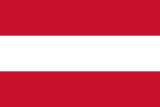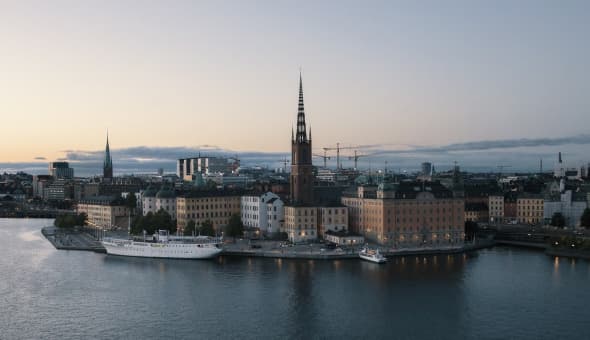Gender Quotas Database

Austria
Western Europe
Single / Lower House
Nationalrat / National Council
| Total seats | 183 |
| Total women | 65 |
| Percentage of women | 36% |
| Gender Quota target | |
| Election year | 2024 |
| Electoral system | List PR |
| Quota type | |
| Election details | IDEA Voter Turnout - IPU Parline |
Upper House
Bundesrat / Federal Council
| Total seats | 60 |
| Total women | 24 |
| Percentage of women | 40% |
| Gender Quota target | |
| Election year | 2023 |
| Electoral system | Indirectly elected / appointed |
| Quota type | |
| Election details | IPU Parline |
| Legal source | Details | |
|---|---|---|
| No data available | ||
Voluntary Political Party Quotas*
| Party | Official Name | Details, Quota provisions |
|---|---|---|
| Austrian People's party | Österreichische Volkspartei (ÖVP) |
ÖVP has a 33.3 per cent quota for women on party lists (1995). |
| Social Democratic Party of Austria | Sozialdemokratische Partei Österreichs (SPÖ) |
SPÖ has a 40 per cent quota for women on party lists (1985). |
| The Greens-Green Alternative | Die Grünen-Die Grünen Alternativen (GA) |
GA has a 50 per cent quota for women on party lists (1993). |
* Only political parties represented in parliament are included. When a country has legislated quotas in place, only political parties that have voluntary quotas that exceed the percentage/number of the national quota legislation are presented in this table.
Additional information
Gender quotas are not manifested in Austrian law, however a number of political parties have internal policies on gender quotas. The Socialist Party (SPÖ) were the first ones to adopt a 25 per cent women’s quota for national elections candidacies in 1985, which in 1993 rose to 40 %.
The Greens adopted a 50-50 % split between women and men in 1990, and in 1995 the Austrian People’s Party (ÖVP) adopted a quota where women are to make up at least a third, 33,3 %. There are also parties who are ideologically opposed to gender quotas, there among The Freedom Party (FPÖ).
The 2017 parliamentary elections saw a slight increase of the previous number of women, increasing with 1,1%.
Sources
Additional reading
- See the latest updates on Austria on iKNOW Politics
- Austrian Federal Chancellery. 'Women in Leadership Positions'.
- Gresch, N. & Sauer B. (2015). Debates on Women's Representation in Austria. Or: The Development of the Pitfalls of a Conservative Gender Regime. Available here
- Hayek, L. & Russmann U. (2020). Those who have the power get the coverage – Female politicians in campaign coverage in Austria over time.
- Köpl, R. 2005. ‘Gendering political representation: debates and controversies in Austria’, in Lovenduski, J. et al (eds) State Feminism and Political Representation, Cambridge: Cambridge University Press, pp. 20-40.
- Caul, M. 2001. ‘Political Parties and the Adoption of Candidate Gender Quotas: A Cross National analysis’. Journal of Politics. 63(4) pp. 1214-1229.
- Steininger, B. 2000. ‘Representation of Women in the Austrian Political System 1945-1998: From a Token Female Politician Towards an Equal Ratio?’ Women and Politics. 21, (2). pp. 81-106.
- Inter-Parliamentary Union [IPU]. 1997. Participation of Women in Political Life. Geneva: Inter-Parliamentary Union.
- Austrian Parliament website, Available Here.
Explore more resources: Europe | Global
Know about useful additional reading for Austria? Tell us!
Submit feedback
Submit questions or comments about the Data or Tool
How did you find out about this? What do you like about it? What did you expect but did not find in using the Data or Tool?
To see how we handle your personal data, please read our Privacy Policy.
